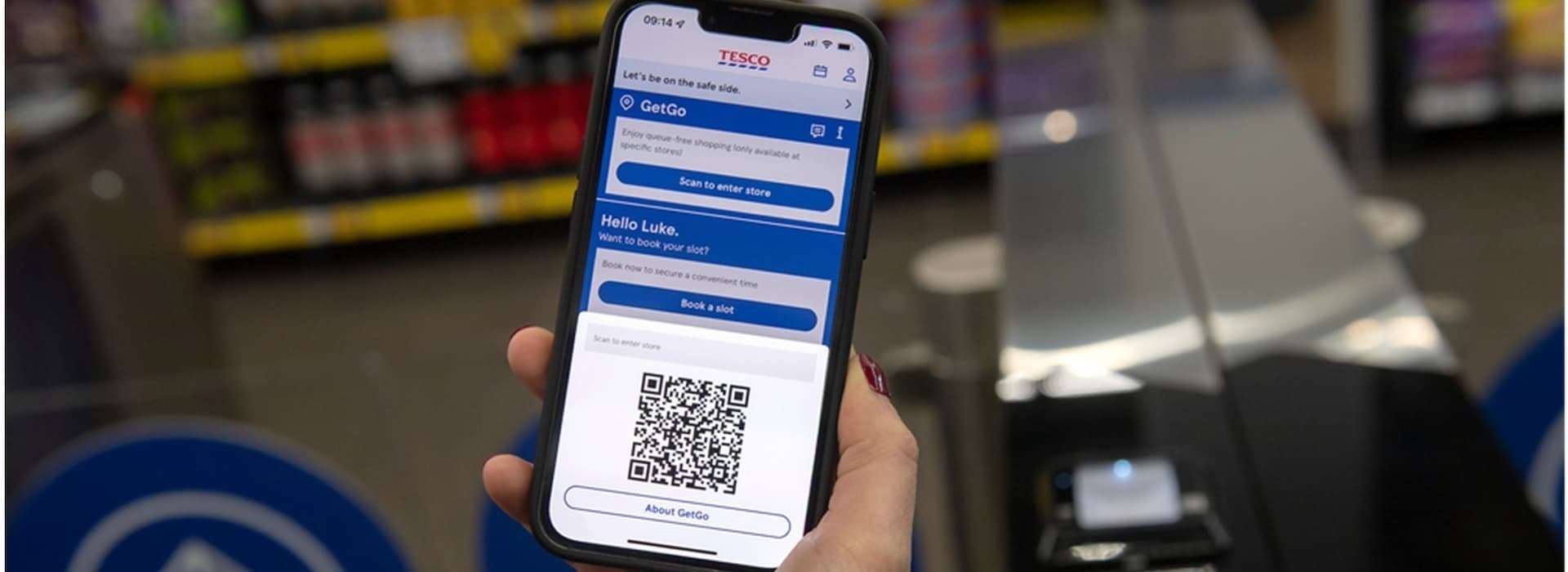Showrooming catches on with forward thinking consumers, HSO
76% of British consumers are ready for stores to transform into showrooms, according to a new survey by HSO involving 100 people. Those under 34 are even keener – 88% said they would welcome this new way of doing things– whilst 71% of the entire sample said the most valued aspect of the store experience was to be able to “touch and feel” the products.
24%, meanwhile, would be prepared to pay a premium to receive a personalised service in-store. This figure rose to 38% when it came to the under 34-year olds. However, there was only guarded enthusiasm for the model pioneered by Amazon, where customers can pick up products and walk out of the store, with all purchases automatically scanned and billed to their smartphones with 19% saying they were “very confident” that this would become mainstream in the long-term.
“The showroom concept has many advantages for retailers – not least that almost all stock can be held at a less expensive location and staff no longer need to take their eye off the customer to unload boxes and stack shelves. However, the word “experience” is the all-important one here. Not only will customers expect more personalised service in-store, they will also expect their subsequent online purchasing experience to be linked to the visit and run smoothly regardless of whether they are ordering via their mobile from the store, by laptop or tablet once they are back home,” says Hector Hickmott, Sales Director, HSO.
Bricks and mortar bugbears
When those polled were asked to name the top three factors preventing them from shopping in-store, 53% said “inconvenient opening times. This was followed by 41% who said “the need to travel long distances to get there and then the items you want are frequently out of stock and there is only a limited range of merchandise on offer.” 61% of over 45 year-olds flagged up a lack of nearby parking.
“Our research shows that consumers are thinking ahead as well as retailers and are prepared to accept changes. Yet, the physical store is still important to them even if it is just to be able to see the products in real-life. This puts even more pressure on retailers to get the customer experience right – for some products it would be so easy for the consumer to view at one store, but buy online elsewhere unless retailers can find ways to both win their loyalty and make some kind of link between their store visit and subsequent purchase,” says Hickmott.










